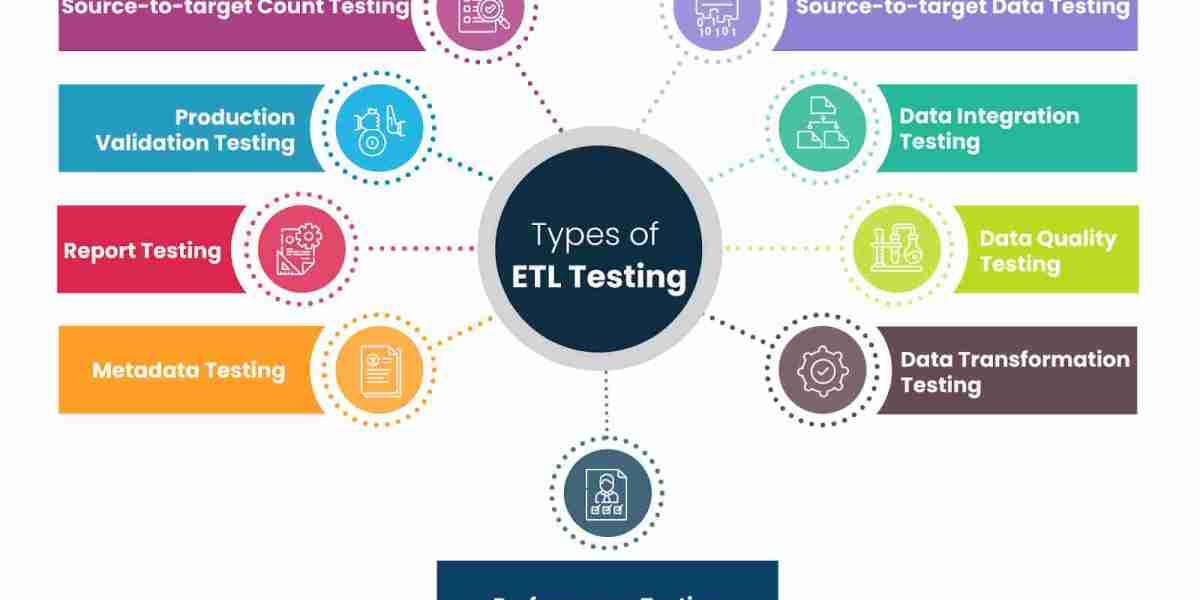Human error is a common problem in Extract, Transform, Load (ETL) processes, which can lead to data inconsistencies, inaccuracies, and ultimately, poor decision-making. ETL processes involve multiple steps, including data extraction, transformation, and loading, and human error can occur at any of these stages. The consequences of human error in ETL processes can be severe, resulting in financial losses, damage to reputation, and compromised data quality. Therefore, it is essential to implement best ETL validation and utilize tools to reduce human error in ETL processes.
Common Causes of Human Error in ETL Processes
Human error in ETL processes can occur due to various reasons, including lack of training, inadequate documentation, and insufficient testing. Additionally, manual data entry, data transformation, and data loading can also lead to human error. Furthermore, the complexity of ETL processes, lack of standardization, and inadequate data quality checks can also contribute to human error. Understanding the common causes of human error is crucial to implementing effective strategies to mitigate them.
Best Practices for Reducing Human Error
Several best practices can be implemented to reduce human error in ETL processes. First, it is essential to provide comprehensive training to ETL developers and operators on ETL tools, technologies, and processes. Second, adequate documentation of ETL processes, including data sources, transformation rules, and loading procedures, is necessary to ensure that all stakeholders understand the process. Third, thorough testing of ETL processes, including data quality checks, is crucial to identify and fix errors before they occur.
Automation of ETL Processes
Automation of ETL processes is an effective way to reduce human error. Automated ETL tools can perform data extraction, transformation, and loading tasks with minimal human intervention, reducing the likelihood of human error. Additionally, automated ETL tools can also perform data quality checks, data validation, and data cleansing, ensuring that data is accurate and consistent.
Data Quality Checks
Data quality checks are essential to ensure that data is accurate, complete, and consistent. Data quality checks can be performed at various stages of the ETL process, including data extraction, transformation, and loading. Data quality checks can include data validation, data cleansing, and data profiling, which can help identify and fix data quality issues.
Tools for Reducing Human Error
Several tools are available to reduce human error in ETL processes. These tools include ETL automation tools, data quality tools, and data validation tools. ETL automation tools, such as Informatica PowerCenter and Microsoft SQL Server Integration Services, can automate ETL processes, reducing human error. Data quality tools, such as Talend and SAS Data Management, can perform data quality checks, data validation, and data cleansing. Data validation tools, such as Data Validator and Data Quality, can validate data against predefined rules and constraints.
Implementation of Data Governance
Implementation of data governance is essential to reduce human error in ETL processes. Data governance involves establishing policies, procedures, and standards for data management, ensuring that data is accurate, complete, and consistent. Data governance also involves establishing data quality metrics, data validation rules, and data certification processes, which can help identify and fix data quality issues.
Conclusion
Reducing human error in ETL processes is crucial to ensure that data is accurate, complete, and consistent. By implementing best practices, automating ETL processes, performing data quality checks, and utilizing tools, human error can be significantly reduced. Additionally, implementing data governance can also help establish policies, procedures, and standards for data management, ensuring that data is accurate, complete, and consistent. By reducing human error, organizations can improve data quality, reduce financial losses, and enhance decision-making.






